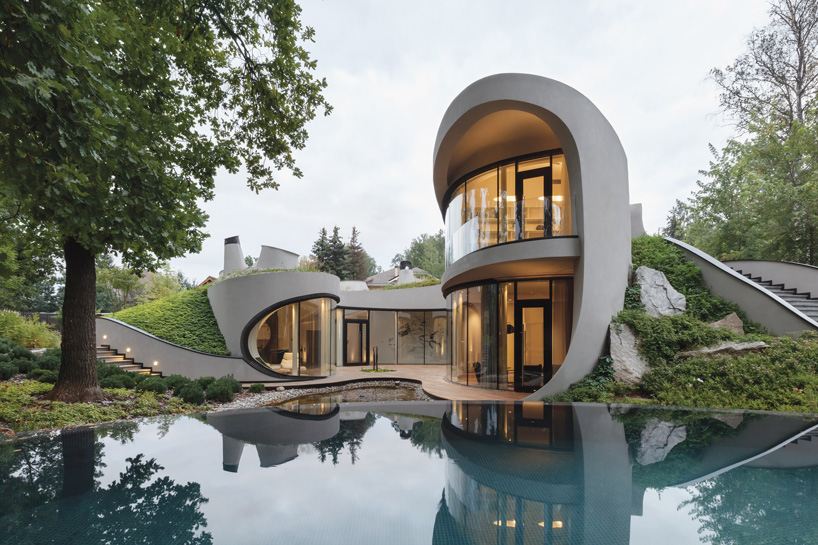How CDA Architects Deliver Cutting-Edge Solutions for Sustainable Design
How CDA Architects Deliver Cutting-Edge Solutions for Sustainable Design
Blog Article
Comprehending the Collaborative Refine In Between Architects and Designers in Modern Building And Construction Projects
The joint process in between designers and engineers is crucial in contemporary building and construction projects, as it balances layout intent with engineering expediency. Discovering these characteristics reveals understandings that can considerably affect task outcomes and overall market criteria.
The Relevance of Cooperation
The joint synergy between designers and designers is crucial for the effective realization of any building job. This collaboration unites distinctive experience and perspectives, enabling the integration of innovative design with useful engineering services. By working together, designers and engineers can guarantee that a project not only satisfies aesthetic and practical demands however likewise complies with security, sustainability, and monetary restrictions.
Cooperation promotes a shared vision, assisting in the positioning of goals and expectations from the outset. This alignment is crucial in addressing potential difficulties and mitigating risks that could emerge during the task lifecycle. Moreover, a collaborative strategy permits the efficient allocation of sources, enhancing both time and expense.
The value of collaboration includes the iterative procedure of style and construction, where responses from engineers can educate architectural decisions, leading to even more feasible and lasting designs. Alternatively, architects can motivate engineers to believe artistically concerning exactly how to attain structural honesty without compromising creative intent. Ultimately, the collective partnership between designers and designers is not simply advantageous; it is basic to the creation of top notch, functional, and ingenious developed settings that meet the requirements of culture.
Communication Methods and Devices
Reliable interaction techniques and devices are vital for promoting partnership in between engineers and engineers throughout the job lifecycle. Developing clear networks of interaction is important to make sure that all staff member are aligned with project objectives, timelines, and obligations. Normal meetings, both in-person and virtual, offer chances for stakeholders to go over development, address worries, and make educated choices.

Additionally, taking on collaborative communication devices, such as Slack or Microsoft Teams, permits instantaneous messaging, file sharing, and recurring discussions, advertising an extra nimble response to emerging concerns. Document monitoring systems also play a crucial function in arranging task documentation, making certain that all staff member have access to the current information.
Shared Goals and Job Vision
An unified job vision offers as the structure for successful collaboration between engineers and engineers (cda architects). This common vision not just straightens the efforts of both events but likewise develops an usual framework for decision-making throughout the project's lifecycle. By verbalizing clear objectives, stakeholders can efficiently browse the complexities of modern building jobs, making sure that both visual and useful needs are fulfilled
Developing common objectives involves open dialogue and a detailed understanding of each technique's payments. Engineers typically focus on design intent, spatial relationships, and user experience, while engineers stress architectural stability, systems functionality, and compliance with laws. When these viewpoints are aligned, the result is a natural project that abides by both imaginative goals and technological expediency.
Furthermore, a well-defined task vision fosters responsibility among employee, motivating each participant to take ownership of their duty in accomplishing the desired outcome. Normal check-ins and collective workshops can even more reinforce this dedication, permitting adjustments to be made as the task advances. Eventually, a shared vision not just enhances synergy however also boosts the high quality of the last deliverable, causing successful task completion.
The Duty of Innovation
Leveraging innovation has actually become necessary in boosting collaboration between designers and designers. Structure Information Modeling (BIM) stands out as a critical modern technology, allowing both designers and designers to create in-depth 3D versions that encapsulate style intent and architectural integrity.
Additionally, cloud-based systems make it possible for smooth cooperation, permitting project stakeholders to accessibility and upgrade job data from anywhere. This cultivates a society of transparency and liability, as adjustments can be tracked and examined in real-time. Additionally, mobile applications further boost interaction, offering on-site teams with prompt accessibility to project specifications and updates.
Arising technologies such as expert system and equipment discovering are also starting to play a function in predictive evaluation, helping groups determine potential concerns before they arise. Inevitably, the role of modern technology Get the facts in architecture-engineering partnership not only improves operations performances however also boosts development, bring visit here about more successful task outcomes. By accepting these technical developments, engineers and engineers can guarantee an extra cohesive and productive joint process throughout the building and construction lifecycle.
Study in Effective Partnerships
Various study illustrate the profound impact of reliable partnerships in between engineers and engineers on job outcomes. One significant instance is the collaboration on the High Line in New York City City, where landscape designers, designers, and city planners collaborated to change an abandoned rail line into a lively public park. This multidisciplinary technique not just boosted the visual top quality but likewise ensured structural safety and security and environmental sustainability.

The Burj Khalifa in Dubai better shows the value of joint initiatives - cda architects. The assimilation of architecture and engineering expertise enabled the project team to attain unmatched heights while sticking to safety and security laws and visual vision
These instances emphasize the relevance of interaction, depend on, and shared objectives. In today's complex building atmosphere, such partnerships are vital to browsing obstacles and providing projects that satisfy both useful and visionary objectives.
Final Thought
In final thought, the cooperation between engineers and designers is essential for the success of modern-day building projects. Effective interaction strategies, a shared task vision, and the combination of advanced modern technologies are critical parts that facilitate this partnership.
Report this page